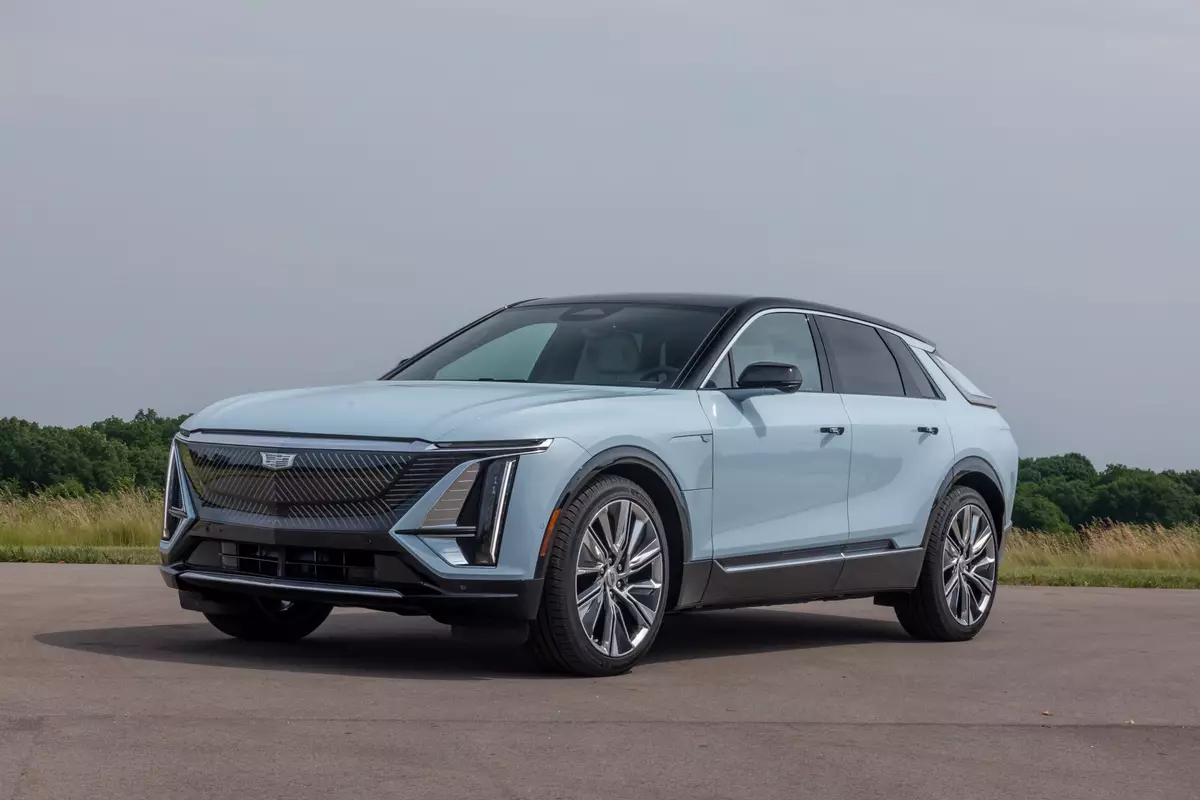IndyStar.com's view
If the 1997 Lexus ES 300 sedan is any example, the engineering staff and management of Lexus Division have no compunction about tinkering with success.
The ES 300 already had been named by J.D. Power and Associates as the auto industry’s highest-quality entry-level luxury car.
Unwilling to leave well enough alone, the company has developed a 1997 ES 300 that offers greater size, increased horsepower, lighter weight, a re-engineered suspension and steering system, a first-in-class semi-active suspension dampening system, a more rigid body structure, increased interior room, and a more completely appointed interior.
Any two or so of those features generally would be considered sufficient to introduce into a new model. Combined, they represent a major undertaking.
Starting with the concept that bigger is better, the 1997 ES 300 — at 190.2 inches — is 2.4 inches longer than its predecessor. Its 105.1-inch wheelbase is two inches longer.
This gave exterior designers a structure to create a combination of curving aerodynamic shapes and sharp surface features. It also afforded interior designers more room with which to work. The result is 1.3 inches more interior leg room.
In making the car user-friendly, the new ES 300 has received significantly upgraded interior features. There is a two-level center console with a 12-volt power outlet. The new white cool-cathode-tube blackout instrument cluster features Lexus’ Opitron four gauge (speedometer- tachometer-temperature-fuel) instrument display.
The four-speed automatic’s shift lever positions are electronically displayed down the center of the cluster, while vehicle monitoring lights are displayed along the bottom.
For the aesthetically minded, the interior is trimmed with genuine walnut on all four doors and Lexus LS 400-grade leather.
To accommodate the increased structural size, the 3.0-liter (182.6-cubic-inch), four-cam 32-valve aluminum V-6 has been given increased power — at 200- horsepower and 214 foot-pounds of torque. Eighty percent of the torque is available below 1,200 rpm to give the sedan some fairly sparkling acceleration characteristics.
The combination of increased power and torque plus reduced vehicle weight permits 0-60 mph acceleration — with the four-speed automatic transmission — at 8.6 seconds. Top track speed is 137 mph.
Obviously, at a pace even approaching top speed, control is of paramount importance. Lexus has enhanced this element with a redesigned steering system and redesigned suspension.
The steering uses engine speed- sensing for a more consistent feel at all speeds. This, combined with increased front-wheel caster angle, provides more predictable turn-in characteristics.
For the back wheels, rear-wheel camber has been increased to optimize the tire’s contact with the road during high-speed cornering or an emergency lane change.
The feature that is most important to the ES 300’s road stability is its Adaptive Variable Suspension. With microp rocessor and damping actuators continually monitoring road conditions, vehicle speed, driver braking, and steering input, the system maintains the highest degree of body stability.
In order to increase cornering responsiveness when driving on twisting roads, the system selectively increases outboard wheel dampening, giving the driver a choice of four settings: Soft, Normal, Sport and Hard. The four settings allow a range of 16 possible dampening rates.
Thanks to extensive manufacturing cost improvement, the manufacturer’s suggested retail price for the new ES 3003 is $29,900. A typically well-appointed ES will cost less than $34,000.
Latest news



